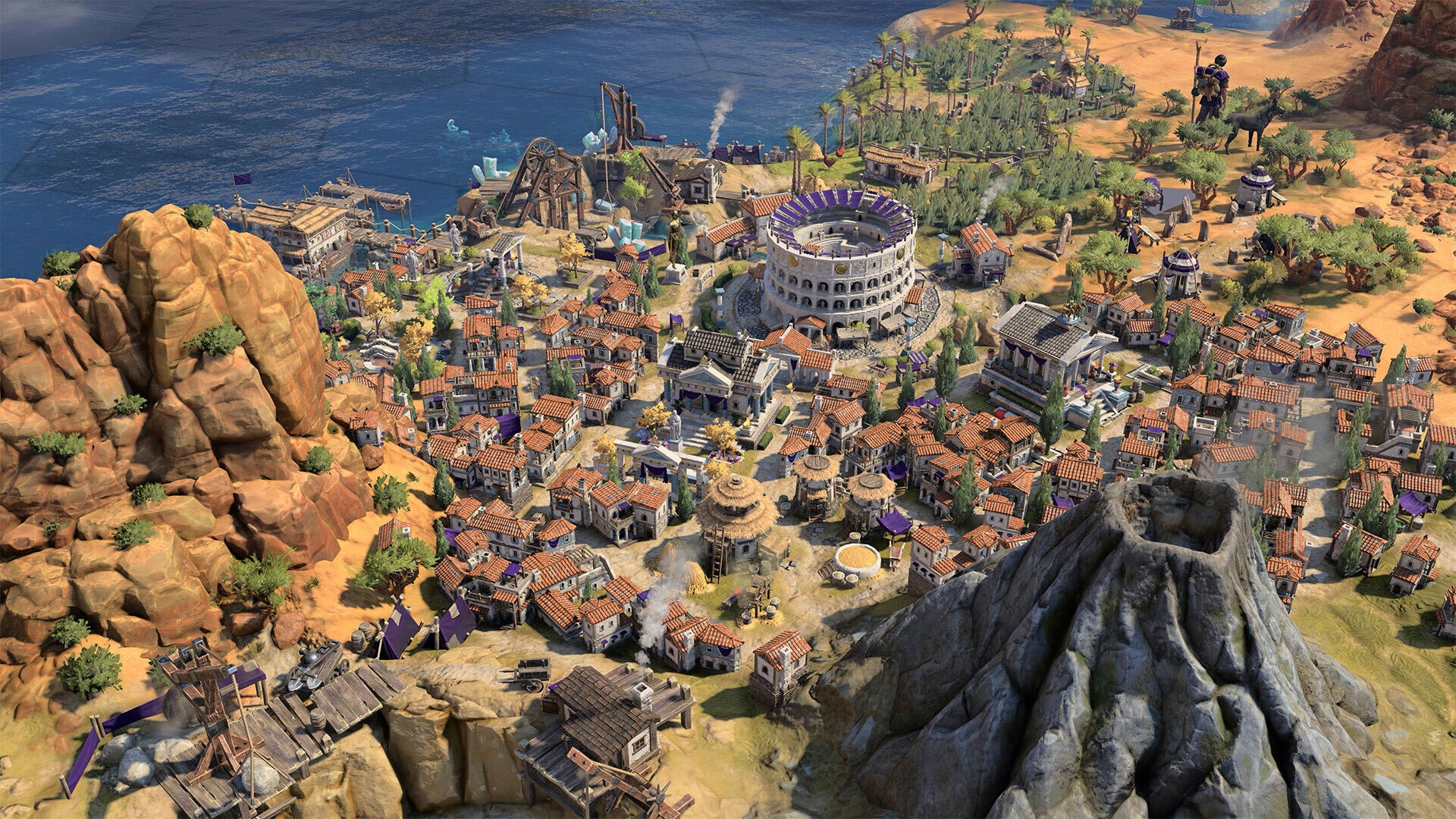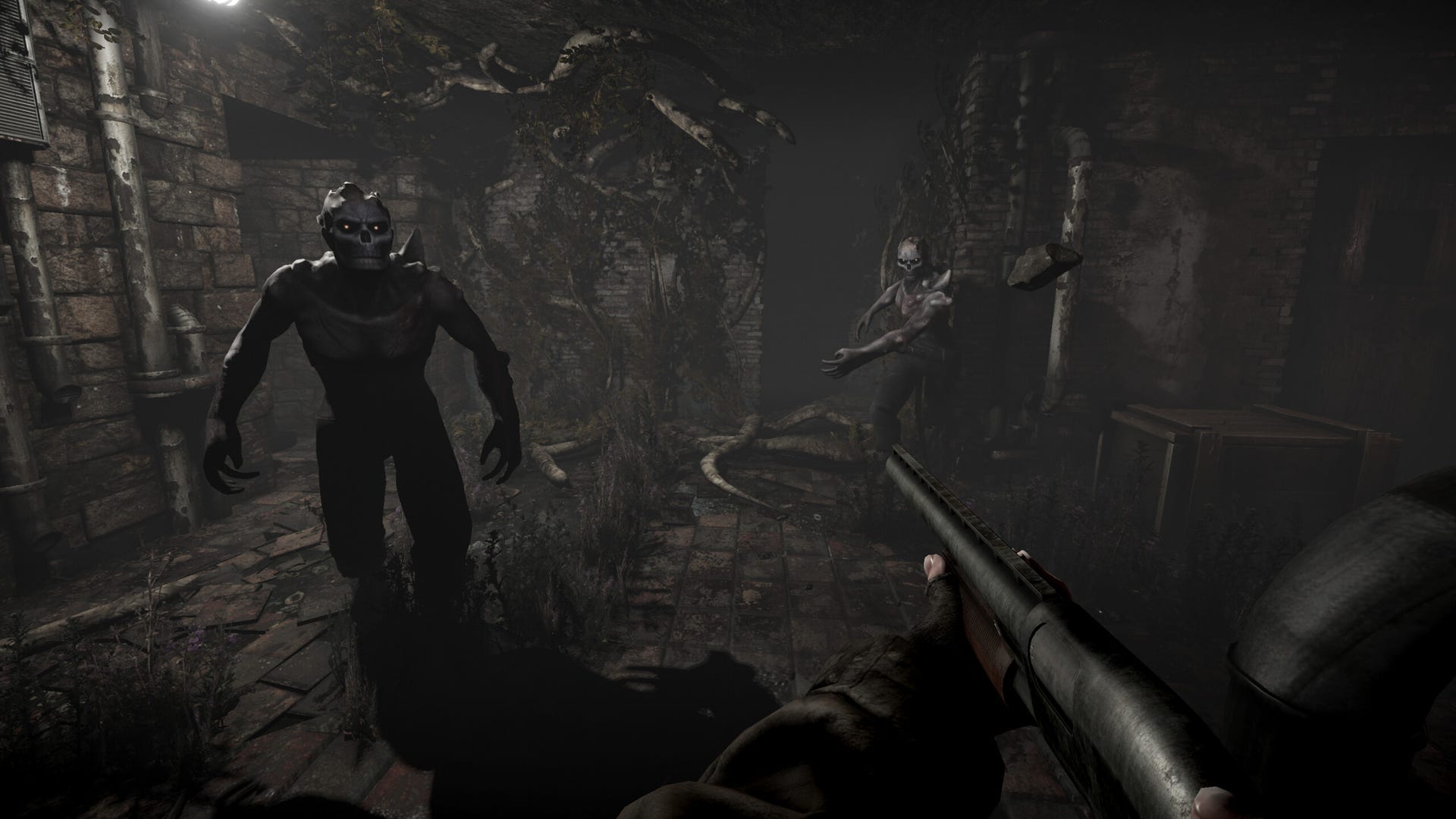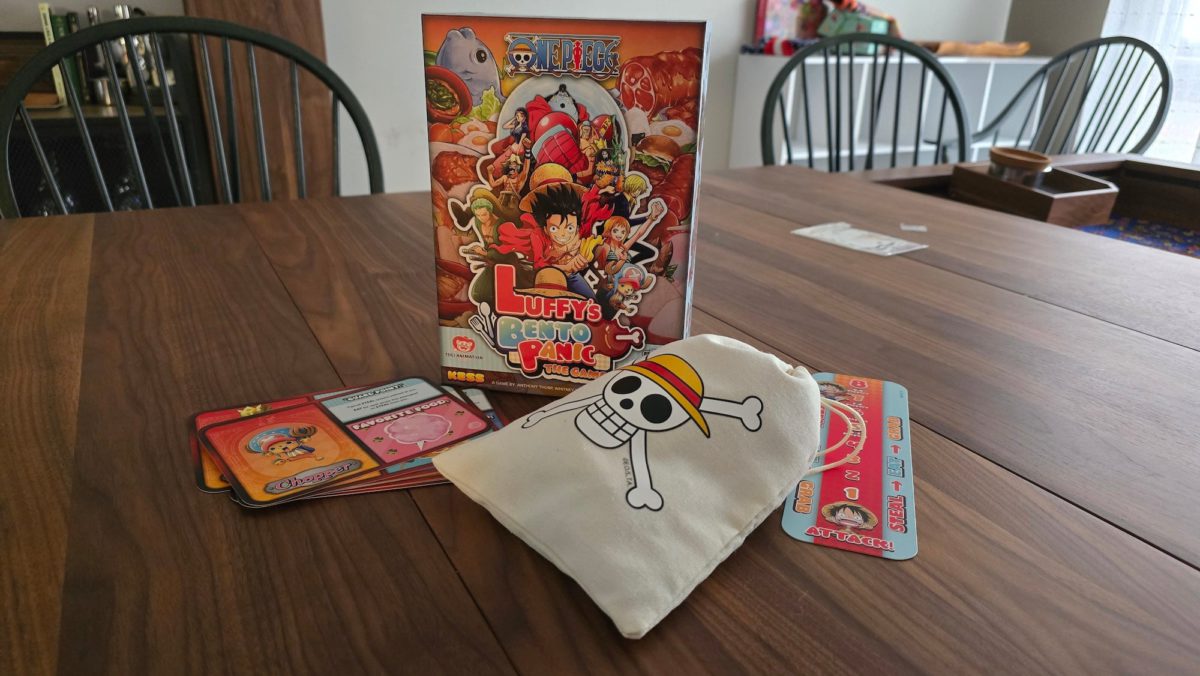Following Uncharted’s 2022 cinematic outing and The Last of Us’ hit HBO show, it was only a matter of time until Sony announced that Horizon was coming to the silver screen. PlayStation Studios and Columbia Pictures recently formally confirmed that a movie adaptation of Horizon Zero Dawn is in the works, which will bring to life both Aloy’s origin story and the video game’s vibrant, machine-filled world. And while development of the movie is only in the early stages, I’m already pretty confident that it could be Sony’s first major video game win at the box office… if it stays true to the games.
The last few years have seen several video game success stories grace both the small and big screens. The Super Mario Brothers and Sonic films, both skewed for family audiences, are the gold standard in terms of both critical reception and box office numbers. On TV, Sony’s own The Last of Us show sits alongside the likes of Netflix’s Arcane and Amazon Prime’s Fallout as fan favourites. And even adaptations that have had more middling reviews from fans and critics have been able to come out on top at the box office; the Tom Holland-led Uncharted movie grossed more than $400 million.
But while it’s true that the days of the “video game curse” are mostly long gone, there are still issues that persist in this field. Uncharted may have found its audience, but it is not the faithful adaptation of the original games fans were hoping for. More recently, we have seen poor critical and box office performance for the likes of last year’s Borderlands film and Amazon’s Like a Dragon: Yakuza series. Both seemed completely uninterested in staying faithful to the storylines, lore, or even simply the tone of the games they were built upon. They simply did not accurately depict the world of the games that fans fell in love with.
While such failures can occur in video game adaptations, they are part of a wider issue with adaptations in general. Netflix’s The Witcher has taken considerable liberties with its source material, significantly changing the original books’ events and characters, plus shifting the overall tone. While adaptations often need to make changes to fit their new medium, these examples feel like they have become different things entirely. And for fans of the original texts – the pre-baked audience that should be the first in line to watch a new adaptation – this can be not just incredibly disappointing, but also signal the project’s eventual downfall.
That brings us back to Horizon. The recently announced movie isn’t actually the first attempt at bringing Horizon to screens. Back in 2022 Netflix announced it was developing a series based on the game, and rumours began to circulate about a “Horizon 2074” project that was to be set during the pre-apocalypse period, perhaps trying to fill in some of the backstory the games touch upon and skirt around. This direction, while ultimately never confirmed by Netflix, certainly proved polarising for the game’s fanbase, who are clamouring for a story that is faithful to the one that made the original game such a resounding success. Plus, of course, they want to see huge robot animals, which a pre-apocalypse setting would naturally not feature.
However, such fans need not worry: whatever the plans were for that show, the project is no longer in development at Netflix and Horizon is now being reworked into a cinema release. Given the heavy CGI effects that any Horizon adaptation would need to realise its iconic visuals, this is a smart move, as the increased budget of a Hollywood movie is one of the keys to realising the story and world’s potential and make them shine on the big screen.
If Horizon is given the same kind of treatment afforded to The Last of Us on the small screen, there is no reason it can’t be PlayStation’s first big cinema win.But there’s much more to Horizon than its incredible robotic creatures. Consider the success of Fallout, Arcane and The Last of Us in the past few years. These adaptations were praised for being worthy extensions of their source material and for their faithfulness to not just the visuals, but also the tone and stories of their original game franchises. Gamers care about adaptations having an authentic story. The Last of Us did, of course, craft new storylines that deviated from its source material, but most of the show stayed true to the narrative structure of the games. The result was a show that sailed on the proven strength of the game, which resonated with both fans and newcomers. And so if Horizon is given the same kind of treatment afforded to The Last of Us, Arcane and Fallout on the small screen, there is no reason it can’t be PlayStation’s first big cinema win.
Remaining faithful to the original game isn’t something to do just for the sake of fan expectation, though. Horizon Zero Dawn received the Best Narrative award at the The Game Awards in 2017, as well as the Outstanding Achievement in Story award at the 2018 DICE awards, which shows how highly regarded the game’s story is. It is a tale worth staying faithful to. Set in 31st century North America, it follows Aloy, a member of the Nora Tribe, as she explores the mystery surrounding her origins and how they link to an old-world scientist, Elisabet Sobeck, who is Aloy’s perfect doppelganger. These characters and the world they exist in are captivating: Aloy in particular is a brilliant anchor, and her allies Erend and Varl are easy to root for thanks to relationships that are massively fleshed out across Horizon Zero Dawn and its sequel, Forbidden West. Further depth is added through the examination of how attempts were made to save Earth’s climate, with a rogue AI expanding to create the creatures that now populate so much of the Earth. Complimenting this is the mysterious Sylens, a constant presence and an enigma we want to get to the root of.
The intricacy of each community and settlement Aloy uncovers along her journey makes for an expansive, immersive world that feels completely unique. This worldbuilding is fuel for a compelling film franchise. Much like how James Cameron’s Avatar series has explored the culture and traditions of Na’vi tribes, a Horizon film could dig into the ways tribes like the Nora protect themselves from Earth’s robotic hunters. The unique combat encounters are a highlight of both Horizon games, and with the likes of the saber tooth tiger-like Sawtooths, the towering Tallnecks, and sky-bound Stormbirds, there’s the potential to litter the landscapes with impressive visuals. Alongside rival tribes and those loyal to the rogue AI Hades, these creatures ensure the games are full of action and suspense. Those same elements would provide interesting challenges for Aloy and her allies in a movie adaptation, too. All combined, Horizon is a rich source of creative and visually-rich storytelling that needs very few changes to suit the current cinematic landscape.
Horizon’s story is compelling from the offset, and if followed faithfully, I believe its film adaptation could be, too. What makes Horizon stand out from other would-be franchises is the diligence in its story, crafting a world that is unique, timely, and fresh with an aesthetic that feels distinctly cinematic. There are so many nuances to the world and the storytelling that it is easy to imagine a Horizon adaptation being a resounding success both critically and at the box office. And with the more expansive story of Forbidden West, there is a huge canvas for the franchise as a whole to work with – if adapted carefully, this could be a long-term proposition for Sony. There is a huge opportunity to make a film franchise that can match the success of its source material, which has proven to be tremendous success across the last two generations of PlayStation consoles, captivating gamers worldwide.
If the film can take the ingredients that have made the game such a success and keep them intact, then the basics are in place for a compelling adaptation. And with more Sony titles set to become film and TV franchises, such as Ghost of Tsushima and Helldivers 2, such an approach would set PlayStation up for success in an entirely new medium. But forgetting what made Horizon great in the first place – or, even worse, purposefully diverging away from it – could put Sony not only in the firing line of negative fan feedback, but also the same kind of financial difficulties suffered by Borderlands. Bad adaptations have been overwhelmingly rejected by fans, and as a result often audiences as a whole. Let’s hope that Sony (plus the writers and directors it chooses) recognise what they have on their hands and do right by Horizon.
Chris Connor is a coffee and whisky driven culture wordsmith, with work published at NME, Radio Times, Yahoo, and others.






